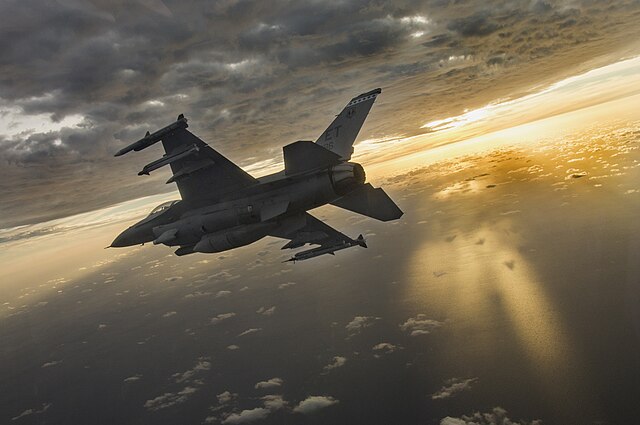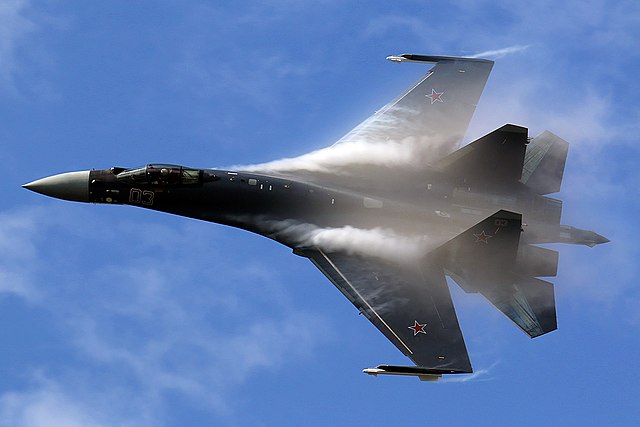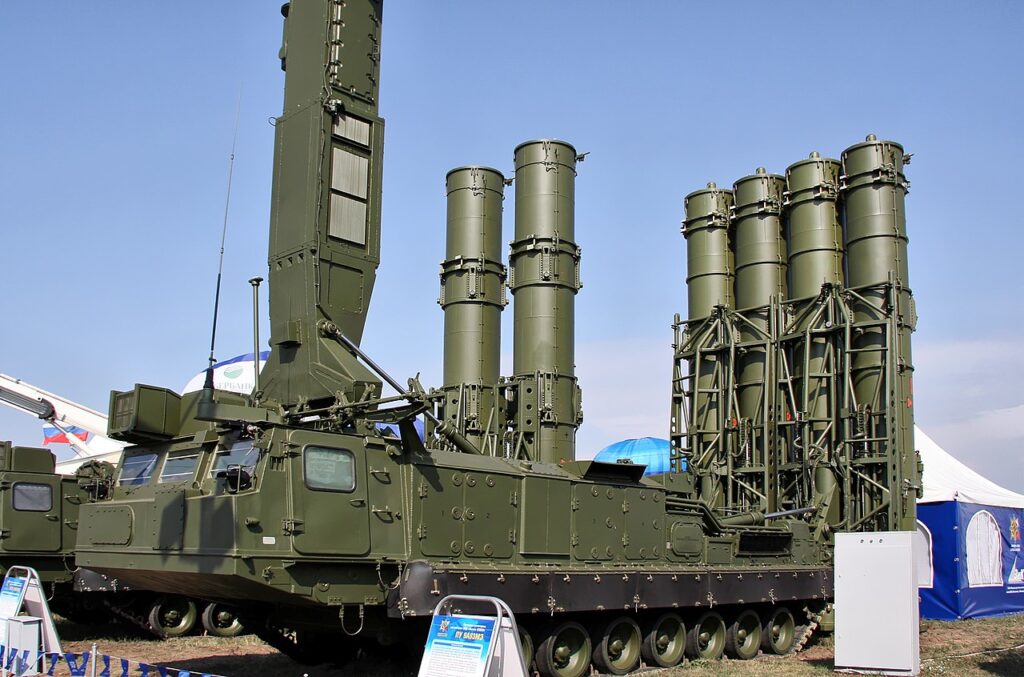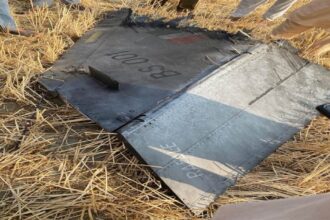The American F-16 fighter, inaugurated in January 1974 in California, celebrated its 50th anniversary this year. Will this multirole combat aircraft be able to face the Russian fighter jets?
It was on January 20, 1974 that the F-16 jet fighter took to the sky for the first time from Edwards Air Force Base in California. More than 4,600 F-16s had left factories over the past five decades.
This multirole combat aircraft developed by General Dynamics (now Lockheed Martin ) is still able to compete with the Su-34 or Su -27 notably engaged in Ukraine by Moscow or the most advanced Russian fighters, the Su-35 .
In a few months, Kiev will receive a handful of used F-16s from Belgium, Denmark, the Netherlands and Norway. Ukrainian pilots are currently being trained in the United States and other countries. The first jets could arrive in July 2024.
Two philosophies that will clash
More than a clash of fighters, these are two philosophies between an aging Western jet plane and one of the Russian fighters presented as the most accomplished.
On the one hand, there will be the Russian design of fighters optimized for air combat , and on the other the Western design of jet aircraft suitable for air-to-air and air-to-ground combat.
Comparing the F-16 to the Su-35 isn’t easy
The F-16 is a fourth-generation aircraft that entered service in the late 1970s alongside the F-15 Eagle and the Soviet Su-27 and MiG-29. The Su-35 is considered part of generation 4.5, which are upgraded fourth-generation fighters that were introduced in the late 1990s, including the F/A-18 E/F Super Hornet, Typhoon, Rafale, and MiG-35.
Although they have been significantly improved over the years, the F-16s promised to Kiev – which is desperate to replace its dwindling fleet of Soviet-era Su-27 and MiG-29 fighters – are half a year old. century.
The F-16 is a fourth-generation aircraft that entered service alongside the F-15 Eagle and the Soviet Su-27 and MiG-29. As for the Su-35, it is considered part of the 4.5 generation, i.e. improved fourth generation fighters introduced in the late 1990s, notably the F/A-18 E/F Super Hornet , the Typhoon, the Rafale and the MiG-35.
Viper

The F-16 Fighting Falcon (commonly known as the “Viper”) measures around 15 m, with a wingspan of 10 m, and weighs around 10 tonnes. Its maximum speed is equivalent to twice the speed of sound, and it is particularly maneuverable.
Armed with a 20 mm cannon and equipped with eleven support points to transport weapons and drop bombs. It will depend on the munitions that the United States and Europe agree to send, but the F-16 is equally formidable in air-to-air and air-to-ground missions.
Flanker

The Su-35 (NATO code name: “Flanker”), an aircraft designed for air-to-air combat. It was intended to be the Soviet answer to the F-15: just looking at the two twin-engine aircraft shows they have more in common than the F-15 has with the single-engine F-16.
The Su-35 was conceived in the early 1980s as a more maneuverable version of the Su-27 Flanker. With a length of 72 feet and a wingspan of 50 feet, the Su-35 is about 50 percent larger than the F-16; at more than 18 tons, it’s almost twice the weight of the Viper.
The Su-35 is armed with a 30-mm cannon as well as a dozen hardpoints capable of launching an array of air-to-air and air-to-ground ordnance. What particularly worries Ukraine and the West are its long-range R-37 and R-77 radar-homing air-to-air missiles, which are fire-and-forget weapons that can pick off Ukrainian aircraft from beyond the range of Ukrainian air-to-air missiles.
Putin warns the West
Russia has no designs on any NATO country and will not attack Poland, the Baltic states or the Czech Republic but if the West supplies F-16 fighters to Ukraine then they will be shot down by Russian forces, President Vladimir Putin said late yesterday.
The S-300 system designed to shut down West aircraft

The S-300 is a series of long-range surface-to-air missile systems developed by the former Soviet Union. It was produced by NPO Almaz for the Soviet Air Defence Forces to defend against air raids and cruise missiles. The S-300 is still regarded as one of the most potent anti-aircraft missile systems in active use.










